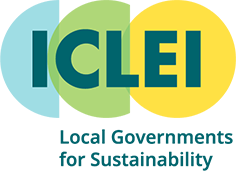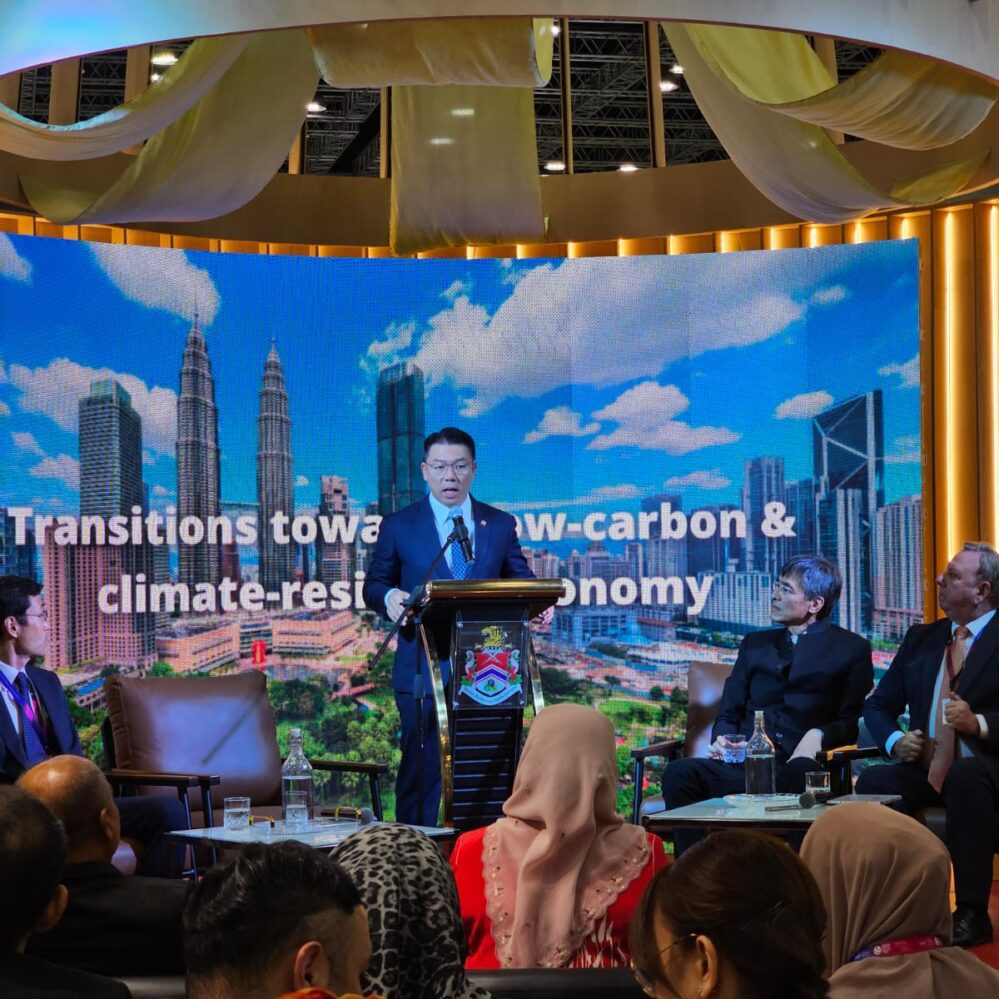At the current rate of global carbon dioxide emissions, the Earth could reach 1.5 degrees Celsius of warming in as little as three years. This news comes 10 years after the Paris agreement, which saw 200 countries agree to take concrete steps (Nationally Determined Contributions, or NDCs) to keep global warming under this exact threshold. As we advance, EU Member States will also be responsible for crafting National Restoration Plans, required by the Nature Restoration Regulation. Cities will play a key role in achieving these targets, and there is a need for enabling tools and frameworks that consider national and local priorities.
On 24 September, the Daring Cities 2025 Virtual Forum session, “Cities shaping fit-for-purpose environmental plans,” showcased exemplary urban sustainability projects from ICLEI Members Quito, Ecuador; Utrecht, Netherlands; and Paris, France. The cities gathered to shed insights into the tools and frameworks they use to align local action with national priorities.
Key examples included the Berlin Urban Nature Pact, a global initiative launched by the Senate of Berlin and led by ICLEI Europe which brings together the most ambitious cities working to halt and reverse nature loss and helps them select, operationalize and monitor biodiversity targets; NetZeroCities, a Horizon Europe project dedicated to the cities mission of 100 climate neutral cities by 2030 via the governance innovation tool Climate City Contract (CCC); and Urban Nature Plans, strategic, long-term frameworks that integrate biodiversity, human well-being, and climate resilience into urban planning and development.
- Utrecht is a proud early signatory of the Berlin Urban Nature Pact and NetZero Mission City. Albin Hunia, Urban Green Advisor at Utrecht Municipality, considers “local ambitions” to be the city’s guiding force, and participation in EU-level and worldwide initiatives is a tool for realizing local spatial planning goals.
- Paris, one of the most densely populated cities in Europe, aspires to be a garden city. The administration is utilizing the NetZeroCities Climate City Contract and the Urban Nature Plan Framework, with the support of the UNP+ project, to achieve this goal. The city’s biodiversity plan helps align departments internally with local and national goals, and an emphasis on community engagement has yielded exciting results: Recently, the city voted to increase the number of green school streets.
- Cities in Ecuador are making waves by using national-level legislation to force local action. The Ecuadorian Constitution guarantees the rights of nature, and Quito was able to utilize this to enshrine tools and rules for protecting and respecting nature, particularly waterways, within the city’s boundaries. One key result of this work, developed during the CLEVER Cities project, is the Quito Guide to Nature-based Solutions (NbS) Implementation. This planning document fulfills many of the requirements of the Urban Nature Plan Framework.
By encouraging cross-departmental planning, frameworks such as CCCs, BUNP, and UNP support cities in fulfilling their sustainability obligations while addressing common challenges, including financing, monitoring, and community engagement. Planning begins with the end in mind. What future is your city working towards?





